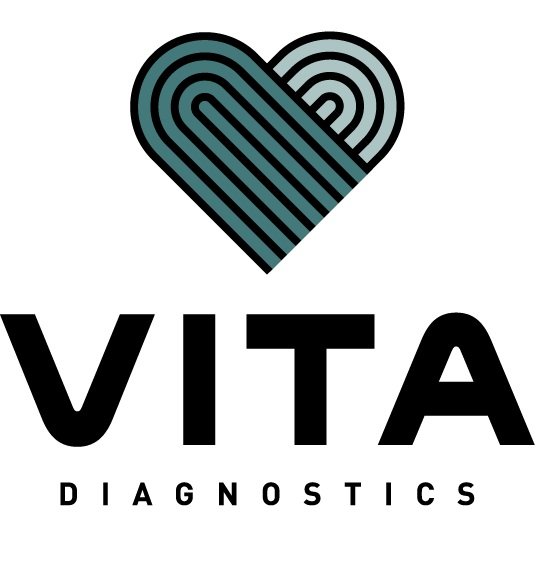OVERVIEW:
A Carotid Doppler uses ultrasound to create a picture of your neck blood vessels. The recorded waves show the shape, texture and movement of your blood vessels, checking for abnormalities, plaque build-up or blockages of the vessels. A carotid ultrasound may be done to assess a variety of symptoms or conditions listed.
How should I prepare for my Carotid Ultrasound?
Please arrive 10 minutes early for your appointment with your provincial health care card and ID such as your driver’s licence or social insurance card.
Do not wear creams or lotions on your neck.
You may eat and drink normally.
Why do I need a carotid ultrasound?
A carotid ultrasound may be done to assess a variety of conditions, such as:
Symptoms of stroke
Symptoms of transient ischemic attack (TIA)
Carotid or cervical bruit – an abnormal sound heard by your doctor
Follow-up of known carotid artery blockages/surgery
Pulsatile neck mass
Fainting episodes
Preoperative evaluation before major surgical procedures
Amaurosis fugax
Assessment of your cardiovascular risk
It may also be recommended if you are experiencing:
dizziness
shortness of breath
palpitations
angina (chest pain) or if you have a history of stroke
What happens during my carotid ultrasound?
The exam takes between 10-15 minutes to complete. It is painless and safe.
You lie on a padded exam table (on your back, rotating your neck slightly from side to side) and a sonographer will apply warm gel to the side of your neck, both sides.
The sonographer uses a special wand called a transducer across your neck to take images of your neck blood vessels. You may occasionally hear noises which is the “Doppler” effect - this helps measure blood flow.
A cardiologist/internist at Vita Diagnostics will review the images obtained during your ultrasound and your results will be communicated to your referring doctor.

